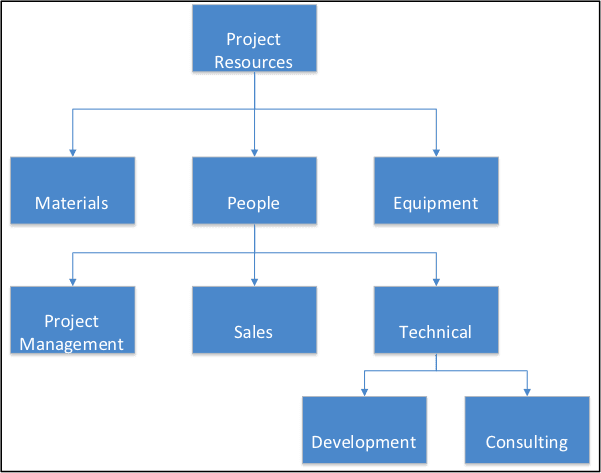If you have ever been hiking, you know what it is like to carry in just enough food, water and supplies to meet the requirements for the hike. Not a pound more, not a pound less. It’s basic survival. It’s also basic resource management.
This is the daily balancing act every project manager deals with.
On big projects, you might have a full camper of supplies and a weigh station near each stop to fill up on the next day’s needs – or you might have a single backpack that can only hold a day’s rations. In either case, balancing the resource load is an imperative aspect of the project’s success.
The Plan
Step one in any resource management plan is the actual plan. This is your list of staff, equipment, or locations that are typically in finite supply, and the action by which you will deploy them to successfully complete a project. Make note of the limitations of your resources. Availability and duration are two big examples of this. For the sake of simplicity, let’s focus in on the important resource: the human one.
The Resource Breakdown Structure (RBS)
The Resource Breakdown Structure (RBS) is your next logical step. Take these resources and create a hierarchy commonly referred to as the resource breakdown structure. Group them logically; perhaps geographically, or by using a reporting structure within the organization. Make sure you have accounted for, at minimum,one resource for every project team role. Having a list of clearly identified alternatives is a good idea as well, although this is often a luxury in practice. The example below simply shows the RBS as an organization chart. This is the highest level of RBS.

Many Project Managers will build a list with the role of each individual, and their availability and duration limits listed. For example, maybe the developer’s availability is limited to 30 days. Keep in mind this is not a work breakdown structure and should not have activities on it. Below is an example of that, often referred to as a human resources chart or histogram:

If you line them up, you can see overlapping functions, similarly to how you’d see them in a Gantt chart. If too many developers are assigned, or if the testing staff will be overwhelmed at certain points, you’ll be able to foresee those problems in advance. Look at vacations and holidays – do they overlap with important staffing time frames? It’s a good way to visually represent the need.
Resource Leveling
I always refer to leveling resources as a plate spinning show. Think about the performer. He starts one plate, then the next, then the next, back to the first, then the third; it can be a bit of insanity. Making sure everyone has enough work to do without overloading them is a delicate act. The counter to this is not actively engaging them with enough work. Should you do that, you’ll likely get what is commonly referred to as standing army costs. You will have people waiting for work and eating into the project or company bottom line. Your goal is to use the tools above, adjusting your start and finish dates based on availability and constraints to balance supply and demand.
Next Project Management Steps
Do you have any interesting ways of dealing with resource limitations in your project management past? I’d be interested in hearing more about any solutions you find useful. Want to learn more about project management? Get in touch with us here at KTL Solutions, online or at 866.960.0001























